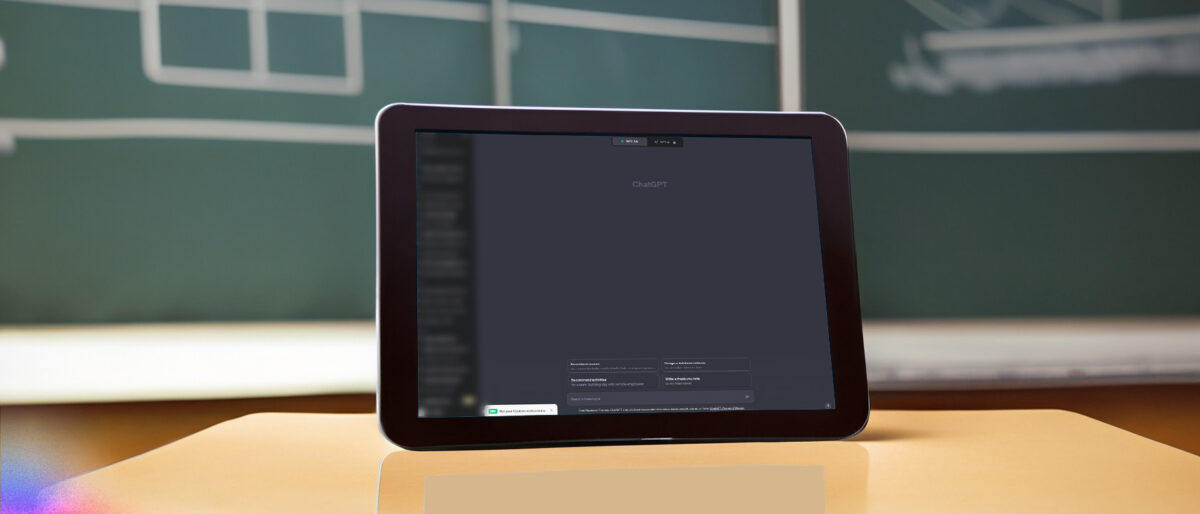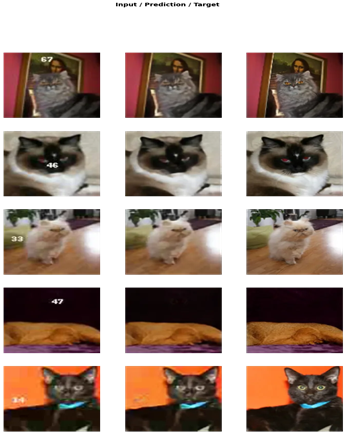Transforming Education: The Power of Generative AI
Generative AI is a new buzzword that emerged with the fast growth of ChatGPT. Generative AI leverages AI and machine learning algorithms to enable machines to generate artificial content such as text, images, audio and video content based on its training data. Due to the COVID-19 pandemic, the use of digital technologies to enhance education has significantly increased as many students around the world have had to shift to online learning. For example, investment in education for adopting innovative technologies increased from $7 billion to $20 billion during the pandemic. However, digital technologies also have the potential to transform the education experience in other ways beyond just online classes. The application of generative AI in education is an example to this. Generative AI is a digital technology that can quickly create new and realistic visual, textual, and animated content.
This article explains the potential ways to use generative AI in education.
1. Personalized lessons:
One of the primary challenges educators face is catering to the diverse learning styles and paces of individual students in a classroom. Generative AI addresses this challenge by creating personalized learning content tailored to each student’s needs.
These lesson plans can be generated by using AI-powered algorithms to analyze student data, such as:
- Their past performance
- Their skills, strengths and weaknesses
- And any feedback
This ensures that students receive materials that align with their learning abilities, promoting better engagement and understanding. The generative AI tools in education are especially useful for children with learning disabilities such as dyslexia or ADHD. When a child suffers from a lack of concentration due to such disorders, it can be harder to follow course contents via reading. However, with such tools, they can generate texts into speech notes when they are bored.
2. Creative Content Generation:
Generative AI is not limited to traditional subjects; it can also support creative disciplines such as art, music, and writing. AI algorithms can compose music, generate artwork, and even draft written content. This opens up new avenues for students to explore their creativity and provides a platform for experimenting with different artistic styles.
Generative AI tools have transformative potential in education by aiding in the design of course materials like syllabi, lesson plans, and assessments. It can be used to achieve:
- Personalize content according to students’ learning styles
- Filling up knowledge gaps
- Offering interactive exercises
- Solving practice problems
When coupled with technologies like virtual reality, generative AI can create simulations and virtual environments, enhancing engagement and providing immersive learning experiences. An instance could be a generative AI system crafting a virtual lab for students to experiment, observe outcomes, and formulate predictions. This convergence of AI and education promises a dynamic and engaging future for learners.
3. Restoring Old Learning Materials:
Generative AI holds the potential to enhance outdated or subpar learning materials like historical documents, photos, and films. By utilizing AI to boost the resolution of these resources, they can be modernized and more captivating for students accustomed to high-quality media.
These enhancements also simplify comprehension, analysis, and interpretation for students, leading to a more profound grasp of the content and, ultimately, improved learning outcomes. Leveraging a variant of generative AI called Generative Adversarial Networks (GANs), it becomes feasible to revitalize low-quality images and eliminate basic watermarks. As shown in Figure below, a prototype for image restoration via GANs is demonstrated. This image restoration technique can be applied to educational materials. For instance, it can be utilized in art and design institutions to reveal critical artwork details, or in history classes and research to digitize and refurbish ancient documents.
Figure: Image restoration with GANs. (Source: Towards Data Science)
4. Collaboration and Tutoring:
Generative AI-powered chatbots and virtual tutors are changing the way students receive assistance outside the classroom.
These AI companions can answer questions, provide explanations, and offer guidance on a wide range of subjects, effectively acting as personalized tutors available 24/7. Moreover, AI can facilitate collaborative learning by analyzing students’ strengths and pairing them with peers who possess complementary skills, fostering a dynamic and supportive learning environment.
Nonetheless, the future prospect of introducing specialized generative AI-based chatbots, meticulously designed and monitored for educational applications, unveils an encouraging strategy. This strategy presents various potential uses and advantages:
– Uninterrupted Student and Parent Support:
- The envisioned chatbots have the potential to provide continuous aid to students and parents, catering to their queries and homework requirements at any time.
– Efficient Handling of Administrative Duties:
- These generative chatbots exhibit the capacity to efficiently manage administrative responsibilities, encompassing the resolution of student and parent inquiries.
- By entrusting these tasks to AI, educators can unlock additional time for essential undertakings such as grading and crafting lesson plans.
– Versatility and Organic Interaction:
- The inherent adaptability and authentic interaction offered by generative chatbots position them as valuable assets within educational domains.
- Notably, their efficacy is particularly pronounced within elementary and middle school settings, fostering meaningful engagement among young learners.
Conclusion:
The integration of generative AI in education has the potential to transform traditional teaching methods and redefine the learning experience. By personalizing content, enhancing interactivity, breaking down language barriers, and automating administrative tasks, generative AI empowers educators and students alike. While AI is not a replacement for human educators, it serves as a powerful tool that amplifies their capabilities and enriches the educational journey. As we continue to explore the possibilities of generative AI, it is clear that the future of education is brighter and more innovative than ever before.

